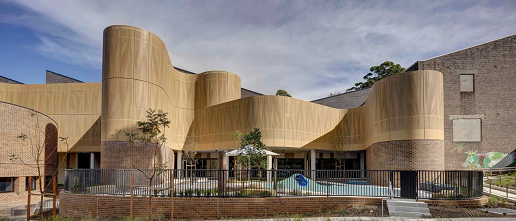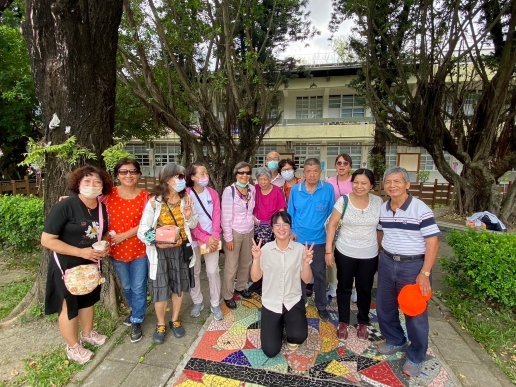If you have a confirmed COVID-19 patient living with you, you can do this before
you arrange hospitalization.
Patient Care
- Provide for the daily needs of the confirmed COVID-19 patient, remind them to get more rest and drink more water, take medicine as directed by the doctor or take anti-fever medicine when they have a fever.
- Most confirmed COVID-19 patients are only mildly ill and symptoms can subside after a few days of rest. Please wait to be notified by the Health Department, but remember to pay attention to whether the symptoms have worsened.
- If the following symptoms occur, please call 119, 1922 or the Health Department
immediately. wheezing, difficulty breathing, persistent chest pain, chest tightness,
unconsciousness, blue skin, blue lips or blue nail beds.
How to protect yourself
- If you belong to a group at high risk of severe COVID-19 (including those 65 years of age or older, and those with weakened immunity or pre-existing diseases, etc.), please do not take care of the confirmed patients.
- During the care process, try to avoid direct contact with patients diagnosed with COVID-19. The diagnosed person should stay isolated in their own room and use a separate bathroom.
- If you must share the space, you should open windows to ensure air circulation. If you must share bathroom equipment, please prepare diluted bleach or alcohol in the bathroom and disinfect the bathroom after each use.
- Ban visitors. People diagnosed with COVID-19 and their caregivers should not come into contact with people other than those living with them.
- Avoid eating and sharing things with the diagnosed person.
- The tableware used by the diagnosed person should be washed with detergent. Those washing the tableware must wear gloves, and wash their hands with soap and water or alcohol afterwards.
Hand hygiene and wearing masks or gloves
- If caregivers must enter the room of a diagnosed patient, both people must wear masks.
- If a diagnosed patient leaves their room or has other family members nearby, both parties must wear masks.
- Wear gloves when touching objects or surfaces that may be contaminated by the blood or body fluids of the diagnosed
- Use diluted bleach or alcohol to clean the surfaces of objects frequently touched by the diagnosed person. If the diagnosed person can still take care of themself, the diagnosed person can clean their own isolation environment.
- Hand hygiene (washing hands with soap and water, or using alcohol) is required before and after taking care of the confirmed patient, even if wearing gloves.
- Wash your hands frequently and correctly, and avoid touching your mouth, nose, eyes, etc. with your hands.
Health monitoring
- If the caregiver is in close contact with the confirmed person (the confirmed case had shared meals, lived together, or had face-to-face contact with the confirmed case for more than 15 minutes without wearing a mask from between three days before the onset of his symptoms to right before isolation), they should not go out.
- Caregivers should also pay attention to their own health during the care of the patients, and monitor whether they themselves have fever, cough, shortness of breath and other symptoms related to COVID-19 infection.
- After the end of the care period, the caregiver should undertake self-isolation for 14 days from the day of the last contact with the confirmed patient.









